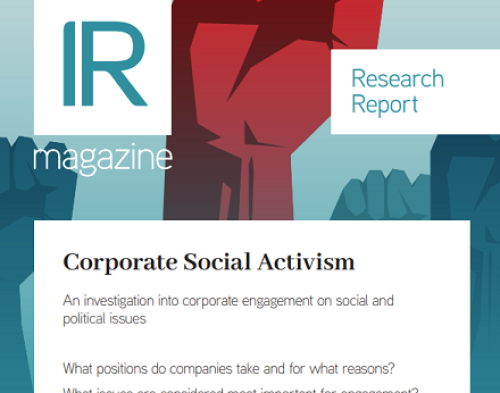With the government’s gender pay gap reporting deadline of April 4 only two days away, UK asset management trade body the Investment Association (IA) has today launched a new report that looks into the make-up of the gender pay gap in the asset management sector.
The report, Closing the Gap, finds that IA members have a median gap – the difference between the midpoints in the ranges of earnings of men and women – of 31 percent.
A significant factor in this is that many senior positions – where pay is higher – are still filled by men, with just over one in 10 (11 percent) of survey respondents having a female CEO or female chair. On average among survey respondents, two in five people (38 percent) working in the asset management industry today are women.
The report also highlights some of the flagship initiatives the industry is undertaking to help narrow the gap and provides recommendations for benchmarking and monitoring of progress. The initiatives are centered around three types of approach: attraction & recruitment, retention and advancement. The importance of monitoring the impact and progress of these initiatives and targets is discussed, too.
These enterprises include:
- More than half of firms offer early career support initiatives such as female recruitment days (53 percent), gender-focused insight days (57 percent) or further education scholarships (10 percent) designed to get young women interested in asset management earlier in their careers.
- More than two thirds of firms now build gender diversity policies into their recruitment processes, from the selection of the recruiters to requiring gender-balanced long lists and short lists (68 percent). They use name-blind CVs (23 percent), require a minimum number of women on interview panels (26 percent) and provide unconscious-bias interview training (76 percent). More than half of firms (52 percent) have also filtered out gender-coded language to ensure female candidates are not put off by the wording in job adverts.
- A strong majority of firms (87 percent) offer enhanced parental leave policies and many actively promote parental leave policies such as emergency childcare funds (47 percent), as well as having in place a returners policy (30 percent) and flexible working programs (100 percent) to demonstrate that the industry is an inclusive place to work.
- More than half of firms (54 percent) have established women’s networks, and just under half (43 percent) have developed mentoring programs for high-potential women.
Chris Cummings, CEO of the IA, says in a statement: ‘The publication of gender pay gap figures is opening up important conversations in boardrooms around Britain about how we recruit, promote and retain a diverse talent pool. The bottom line is clear: firms with a diverse management team and pipeline make better decisions.
‘The sobering gender pay gap figures – as opposed to unequal pay, which is illegal – published for the first time last year were never going to be fixed overnight, and it will take time for the solutions our industry are pursuing to bear fruit. But it is only by investing in long-term solutions that we can hardwire diversity into the foundations of our industry and help it become more diverse, inclusive and more successful, at every level.’
While almost two thirds (62 percent) of IA members surveyed conduct equal pay audits and 65 percent currently monitor gender-related metrics, the level of detail on performance indicators varies widely.
The Closing the Gap report suggests a number of measures that could add more consistency and granularity to that approach, including gender representation for new hires (excluding graduates) and new hires at graduate level, as well as the total number of applications received by gender each year.










